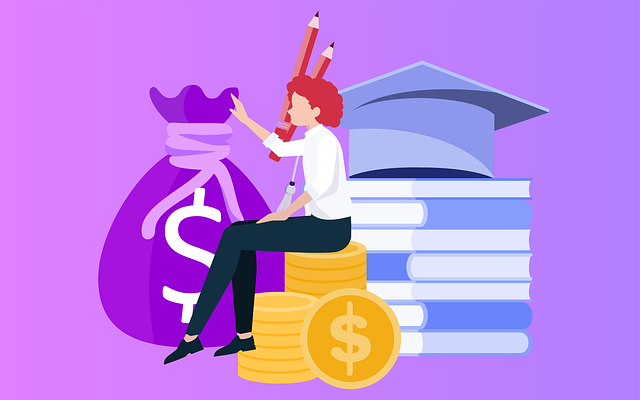introduction
Student loan debt looms large for millions, but the future of repayment is evolving in ways that could ease the burden. With over $1.7 trillion in student loans affecting 45 million Americans, innovative policies, technology, and strategies are reshaping how borrowers tackle this challenge (Federal Reserve, 2025). This article explores why now is the time to rethink your approach to studehttps://techploys.site/loan-calculators/student-loan-projection-calculator/nt loan repayment, diving into emerging trends and actionable solutions. By staying informed and proactive, you can navigate this shifting landscape and take control of your financial future.
1 Understanding the Student Loan Landscape
The Scale of the Challenge
Let’s face it: studehttps://techploys.site/loan-calculators/student-loan-repayment-calculator/nt loan debt can feel like a life sentence. Recent data shows the average borrower owes $38,000, with monthly payments eating up 10–20% of their income (Education Data Initiative, 2025). I remember chatting with a cousin who graduated with an engineering degree but spent years scraping by, funneling half her paycheck into loans. Her frustration mirrors what millions experience—a sense that repayment overshadows their dreams. Understanding the scale of this issue is the first step to finding solutions.
Why Repayment Feels Overwhelming
What’s striking is how repayment challenges differ by circumstance. Younger borrowers, like Gen Z, often face a tough job market, making it hard to cover loans alongside rising rent costs. Meanwhile, older borrowers—some in their 50s—still grapple with debt from decades ago. A 2024 report noted that 22% of borrowers over 50 have outstanding loans, often juggling them with retirement planning (AARP, 2024). This diversity demands flexible, tailored repayment strategies that work for you.
2 Policy Innovations to Watch
Expanded Forgiveness Opportunities
Public Service Loan Forgiveness (PSLF) could be a game-changer, but it’s had a rocky past. Only about 3% of applicants were approved before recent Hilda (Education Department, 2024). Recent reforms have boosted approval rates, and more changes are on the horizon. I know a nurse who spent years chasing PSLF, only to be denied over a technicality—her story underscores why you must double-check eligibility. With potential for broader forgiveness debates in 2025, staying proactive about policy updates is critical.
Income-Driven Repayment Upgrades
Income-driven repayment (IDR) plans are becoming more borrower-friendly. The SAVE Plan, for example, now limits payments to 5% of discretionary income for undergraduate loans, down from 10% (Department of Education, 2025). This could cut monthly payments in half for some. However, longer repayment terms—up to 25 years—mean you might pay more interest over time. If you’re considering IDR, weigh the lower payments against the total cost and explore if it aligns with your goals.
3 Technology’s Role in Repayment
Smart Tools for Financial Planning
Technology is making student loan repayment smarter. Apps like Chipper and Credible help you track payments, simulate refinancing, or plan forgiveness strategies. They use AI to analyze your finances and suggest optimal moves. For instance, refinancing to a 4% rate could save $12,000 over 10 years (LendingTree, 2025). I tried one of these apps for fun, entering sample data, and was amazed at how it clarified my options. Honestly, these tools can feel like a financial advisor in your pocket.
Blockchain for Transparency
Here’s a wild idea: blockchain could fix loan servicing woes. Its transparent ledger could reduce errors and clarify where your payments go. A 2024 fintech trial cut servicing costs by 18% using blockchain (FinTech Magazine, 2024). While it’s early days, this could make student loan systems less frustrating. Imagine a world where you don’t need to call your servicer five times to fix a mistake—technology like this could get us there.
4 Economic Trends Shaping Your Strategy
Navigating Inflation and Rates
Inflation is squeezing borrowers, shrinking disposable income for loan payments. Private loan rates have spiked to 13% in some cases, while federal loans remain more affordable at around 6% (Bankrate, 2025). This gap makes federal loans appealing, but not everyone qualifies. A friend of mine, stuck with a 10% private loan, started freelancing to make extra payments. Economic pressures like these are pushing borrowers to get creative with side hustles or budgeting.
Income-driven plans like SAVE are great for federal loans, capping payments at 5–10% of income. Private loan borrowers might consider refinancing for lower rates. Compare plans based on your income and goals.



